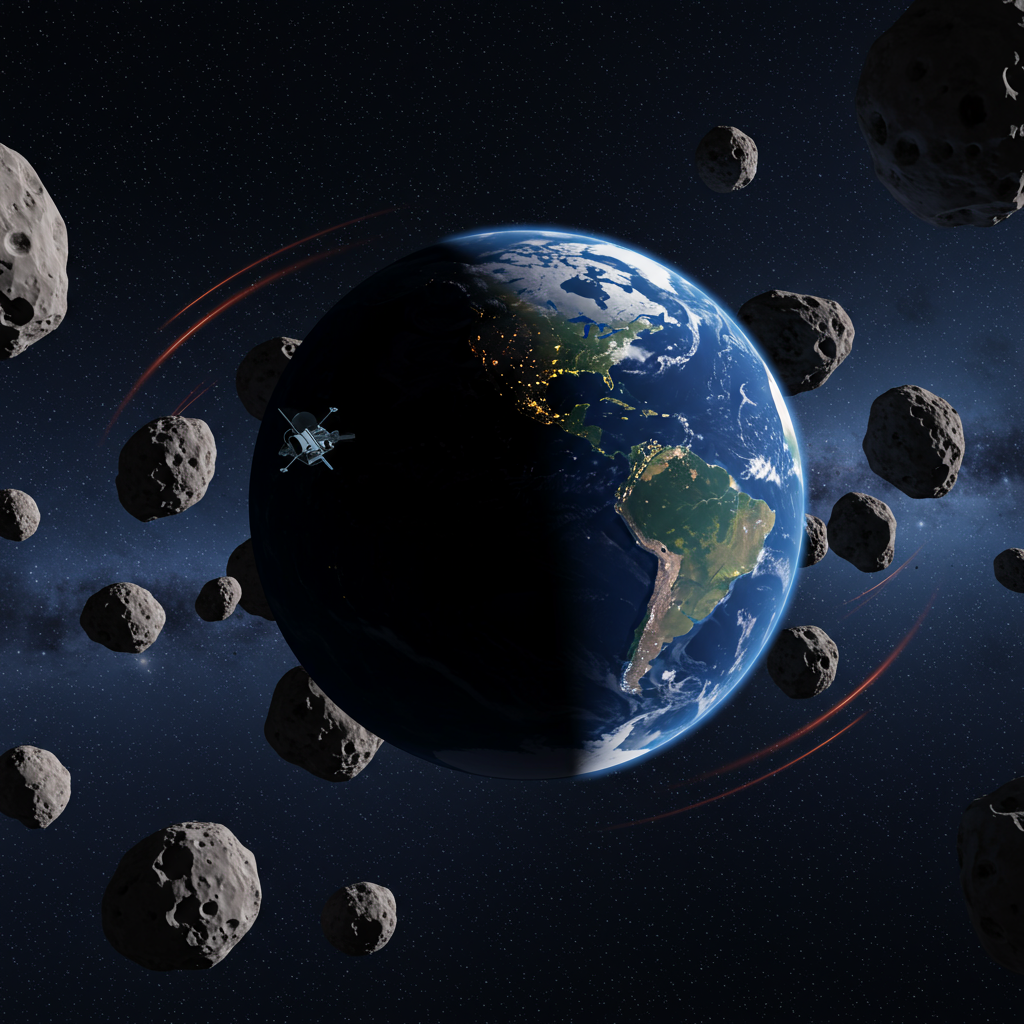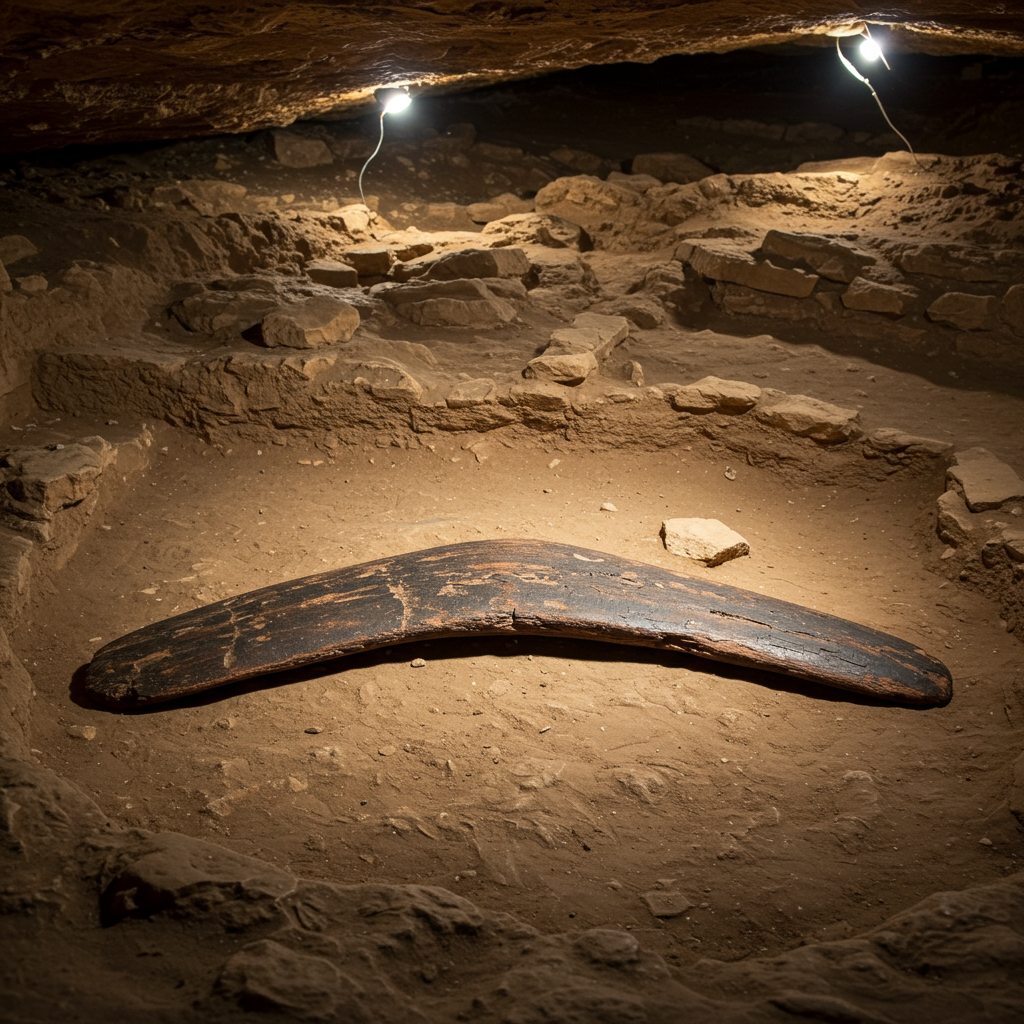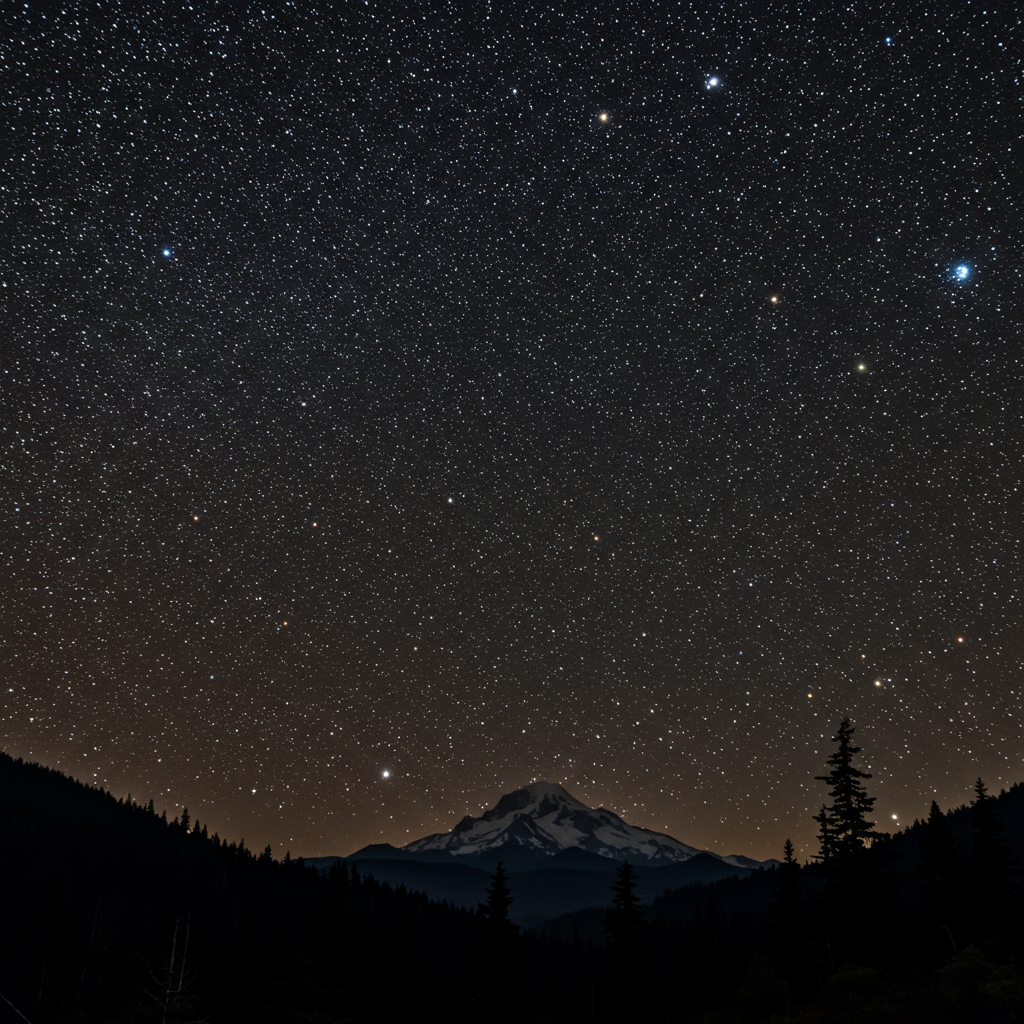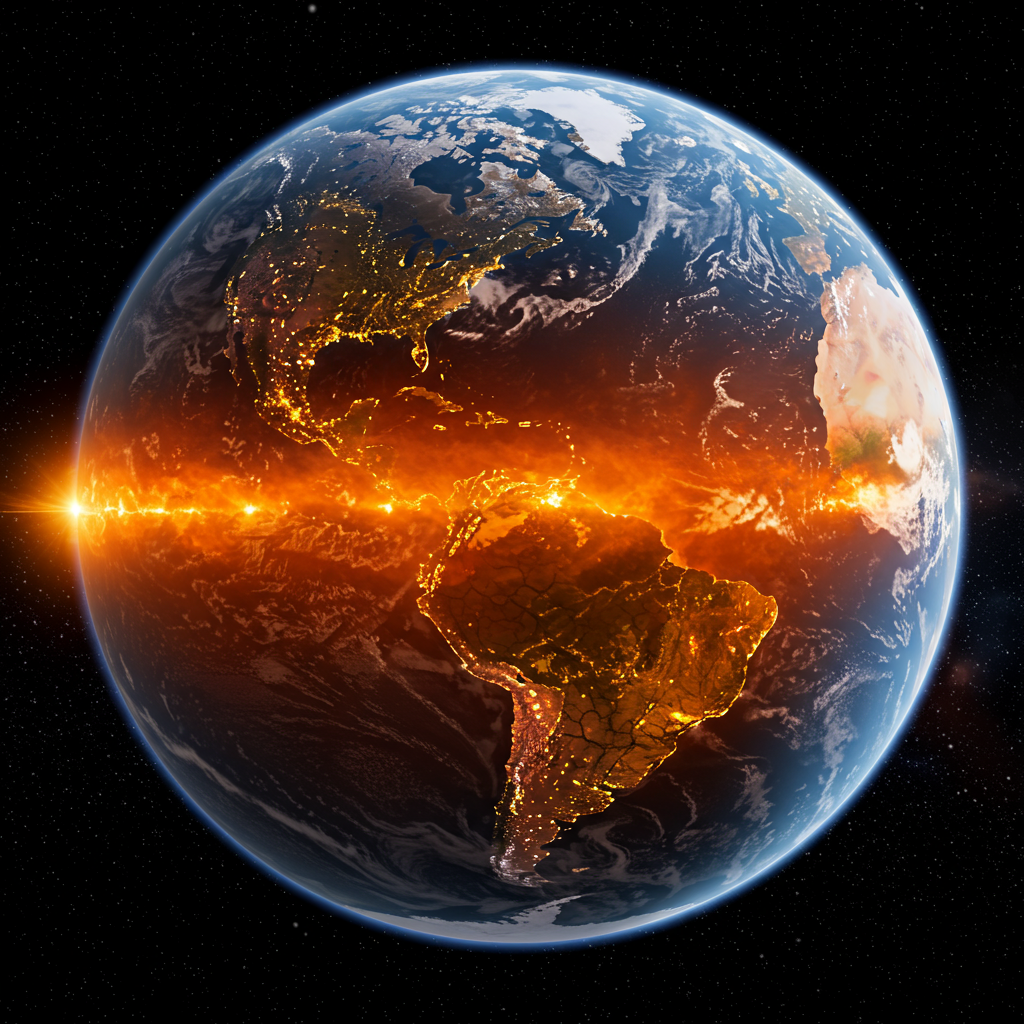Get ready for a cosmic celebration! asteroid Day 2025 is set for June 30th, marking a major milestone: the 10th anniversary of this vital global initiative. Join millions worldwide to explore the fascinating world of asteroids, understand their potential impact on Earth, and learn about the incredible progress in planetary defense. This day isn’t just about science; it’s about raising awareness and ensuring the safety of our planet for generations to come.
What is Asteroid Day and Why is it June 30th?
Asteroid Day is an annual global observance dedicated to learning about asteroids and the ways we can protect our planet from potential impacts. It’s much more than a single event; it’s a worldwide movement promoting education and awareness year-round.
The date, June 30th, is specifically chosen to commemorate the anniversary of the 1908 Tunguska event. On this day, over a remote area in Siberia, Russia, a cosmic body estimated to be between 164 and 262 feet wide entered Earth’s atmosphere. Traveling at immense speed, it caused a colossal airburst explosion roughly 3 to 6 miles above the ground. The energy released was staggering, equivalent to 250 times the power of the atomic bomb dropped on Hiroshima. The resulting blast flattened 80 million trees across 830 square miles, making it the largest asteroid impact in modern recorded history. The Tunguska event serves as a powerful reminder of the potential destructive force from space.
The Birth of Asteroid Day
The initiative was co-founded in 2014 by prominent figures including astrophysicist and musician Brian May, Apollo 9 astronaut Rusty Schweickart, filmmaker Grig Richters, and B612 Foundation president Danica Remy. Their initial goal was simple yet profound: educate the public about the historical significance of asteroids and their role within our solar system.
Just two years later, recognizing the crucial importance of this mission, the United Nations General Assembly adopted resolution A/RES/71/90 in December 2016. This formally declared June 30th as International Asteroid Day, solidifying its status as a vital global day of education backed by the UN.
Understanding the Asteroid Threat (and Opportunity)
Asteroids are rocky remnants left over from the early formation of our solar system. Most reside in the vast main asteroid belt located between Mars and Jupiter. However, some have orbits that bring them much closer to Earth. These are known as Near-Earth Objects (NEOs).
While many NEOs are small and harmless, burning up in our atmosphere, some are large enough to pose a significant threat upon impact. According to NASA’s Center for Near-Earth Object Studies (CNEOS), over 30,000 NEOs have been identified to date. A key definition for potentially hazardous asteroids (PHAs) is those larger than about 140 meters (roughly 460 feet) that come closer than 0.05 AU (approximately 7.5 million kilometers or 4.6 million miles) to Earth’s orbit. While CNEOS currently states no major asteroid is projected to collide with Earth within the next century, monitoring and understanding these objects is critical.
Beyond the risk, Asteroid Day also highlights the potential opportunities asteroids present. They could serve as future resources for humanity, containing valuable minerals or even water ice. This dual nature—significant hazard and potential resource—makes studying asteroids incredibly important.
Recent Wake-Up Calls: Chelyabinsk and Bering Sea
The Tunguska event happened long ago, but modern history provides its own reminders. The Chelyabinsk event in 2013 saw a relatively small asteroid (estimated size around 65 feet) enter the atmosphere over Russia. It caused the most injuries and building damage ever recorded from such an event, primarily due to the atmospheric shockwave. Chelyabinsk was the most documented impact thanks to countless videos and witness accounts. Crucially, it revealed that even smaller asteroids present a greater hazard than previously understood. A similar event in December 2018 over the Bering Sea, releasing about 40% of Chelyabinsk’s energy, further underscored the frequency of these smaller impacts.
Even more dramatically, the Chicxulub impact, which occurred approximately 66 million years ago in what is now the Yucatán Peninsula, demonstrates the planet-altering potential of massive asteroid collisions. An asteroid around ten kilometers (six miles) wide struck Earth, creating a colossal crater 200 kilometers (124 miles) in diameter and 30 kilometers (19 miles) deep. This immense impact energy triggered the Cretaceous-Paleogene mass extinction, wiping out about 75 percent of plant and animal species, including the non-avian dinosaurs. The Chicxulub crater, buried beneath Yucatán, serves as a stark geological record of how vulnerable our planet can be. The wtop.com article put it bluntly: “The dinosaurs are dead because they didn’t have telescopes or a space program.”
Global Efforts in Planetary Defense
These historical and recent events underscore the critical need for planetary defense – the global effort to detect, track, and potentially mitigate threats from near-Earth objects. International coordination is crucial, involving networks like the International Asteroid Warning Network (IAWN) for communication and analysis, and the Space Mission Planning Advisory Group (SMPAG) for identifying deflection technologies.
Bolstering Detection Capabilities
Finding potentially hazardous asteroids is the first step in planetary defense. New tools are dramatically improving our ability to spot these cosmic visitors.
Vera Rubin Observatory (VRO): Located in Chile, this observatory is set to revolutionize asteroid discovery. Even during its inaugural “First Look,” VRO detected over 2,100 new NEOs in just days. Experts anticipate it could discover up to five million new asteroids in the coming years, potentially outpacing two centuries of previous efforts combined.
NASA’s NEO Surveyor Mission: Approved in 2021 and planned for a September 2027 launch, this space-based telescope is specifically designed to find asteroids of various sizes, including those like the Chelyabinsk impactor that are difficult to detect from Earth, especially when approaching from directions near the sun.
Testing Mitigation Strategies
Detecting asteroids isn’t enough; we need to know if we can change their trajectory.
NASA’s Double Asteroid Redirection Test (DART): In a historic moment for planetary defense in September 2022, the DART mission successfully demonstrated the kinetic impact technique. By intentionally crashing a spacecraft into Dimorphos, a small moonlet of the asteroid Didymos, NASA proved that a collision can alter an asteroid’s orbit. This validates kinetic impact as a viable method for potentially deflecting a threatening asteroid. The European Space Agency’s (ESA) Hera mission is scheduled to visit the Didymos system in December 2026 to study the impact’s aftermath and gather further data.
Ongoing Coordination and Preparedness
Global space agencies like NASA and ESA are actively engaged. NASA has established a dedicated Planetary Defense Coordination Office (PDCO) to manage these efforts. Regular interagency exercises, such as biennial tabletop simulations, are conducted to test real-world scenarios and refine response strategies, ensuring we are prepared should a threat emerge. A worldwide community of citizen astronomers also contributes significantly through real-time observations.
Celebrating Asteroid Day 2025: 10 Years of Awareness
The 10th anniversary of Asteroid Day in 2025 is being celebrated through a variety of events worldwide, demonstrating the growth of this global awareness movement.
Virtual Telescope Project Live Stream: A leading facility globally known for sharing live, online observations of near-Earth asteroids, the Virtual Telescope Project will host a special live stream event on June 30, 2025. Starting at 21:00 UTC (which is 5 pm EDT), this online program will offer viewers a virtual journey into the realm of NEOs. You’ll have the opportunity to see some of these celestial bodies in real-time as astronomers discuss their characteristics, impact risk, and ongoing planetary defense initiatives.
Asteroid Day Festival in Luxembourg: The Asteroid Foundation, a non-profit based in Luxembourg that promotes asteroid study, is organizing a key celebration there. From June 26th to June 28th, 2025, Luxembourg will host a three-day program featuring asteroid experts, speakers, and festival booths. The theme is “Celebrating 10 Years of Asteroid Day: A Decade of Exploration and Discovery.”
Yucatán Event: Where Earth Changed Forever: Given its unique geological significance, the Yucatán Peninsula will host a special event titled “Asteroid Day 2025: Yucatán, where the Earth changed forever.” On Sunday, June 29th, the Biblioteca Vagabunda del Museo de la Luz in Mérida will offer talks and workshops designed for the general public. Highlights include discussions on the Chicxulub crater by Dr. Elia Escobar Sánchez and interactive activities referencing missions like Rosetta and DART, linking local history to modern planetary defense efforts.
These official events are just a few examples. Many more local events, educational programs, and online activities will take place globally on or around June 30th. Checking for events in your area or participating in online streams is a great way to join the celebration.
The Future is Bright (But Requires Vigilance)
Looking ahead, the efforts in asteroid awareness and planetary defense are only accelerating. The Asteroid Foundation’s “100X Asteroid Declaration” aims to significantly increase the rate of asteroid discovery, noting that only about one percent of potentially Earth-striking asteroids larger than one million in space have been found.
The year 2029 has even been declared the International Year of Asteroid Awareness and Planetary Defence. This coincides with the safe, close pass of asteroid 99942 Apophis, which will come within about 32,000 kilometers (roughly 20,000 miles) of Earth – closer than some satellites – and will be visible to billions. This close encounter will provide a fantastic opportunity for public engagement and scientific study.
Asteroid Day reminds us that while the risk of a major impact today might be low for the immediate future, the cosmic clock is indeed ticking. By supporting research, improving detection, and developing defense technologies, humanity is taking proactive steps to protect our future, a capability the dinosaurs certainly lacked.
Frequently Asked Questions
What is Asteroid Day and why is it observed on June 30th?
Asteroid Day is an annual global event held on June 30th to raise awareness about asteroids and planetary defense. It was established in 2014 and officially declared by the UN in 2016. The date commemorates the 1908 Tunguska event, the largest asteroid impact in modern history, which highlighted the potential destructive power of cosmic collisions and the need for preparedness.
How can I participate in Asteroid Day 2025 celebrations?
There are many ways to participate globally. You can join the Virtual Telescope Project’s free live stream on June 30th at 21:00 UTC to see near-Earth asteroids in real-time. You can also attend official events like the festival in Luxembourg (June 26-28) or the event in Yucatán (June 29), which highlights the region’s link to the Chicxulub crater. Check online resources for local events or online activities happening worldwide.
Why is learning about asteroids and planetary defense important?
Understanding asteroids is crucial because they represent both potential hazards (like the Tunguska or Chicxulub impacts) and potential future resources. Planetary defense efforts, including improved detection via observatories like VRO and mission tests like DART, are vital steps to protect Earth from future impacts. Raising public awareness helps build support for these essential scientific and defensive initiatives.
Conclusion
Asteroid Day 2025 marks ten years of dedicated global effort to understand and prepare for cosmic impacts. From commemorating historical events like Tunguska and Chicxulub to highlighting cutting-edge science and technology in planetary defense, the day serves as a crucial reminder of our place in the cosmos and the importance of vigilance. Join the worldwide community on June 30th to celebrate a decade of awareness, discovery, and progress in protecting our home planet.




